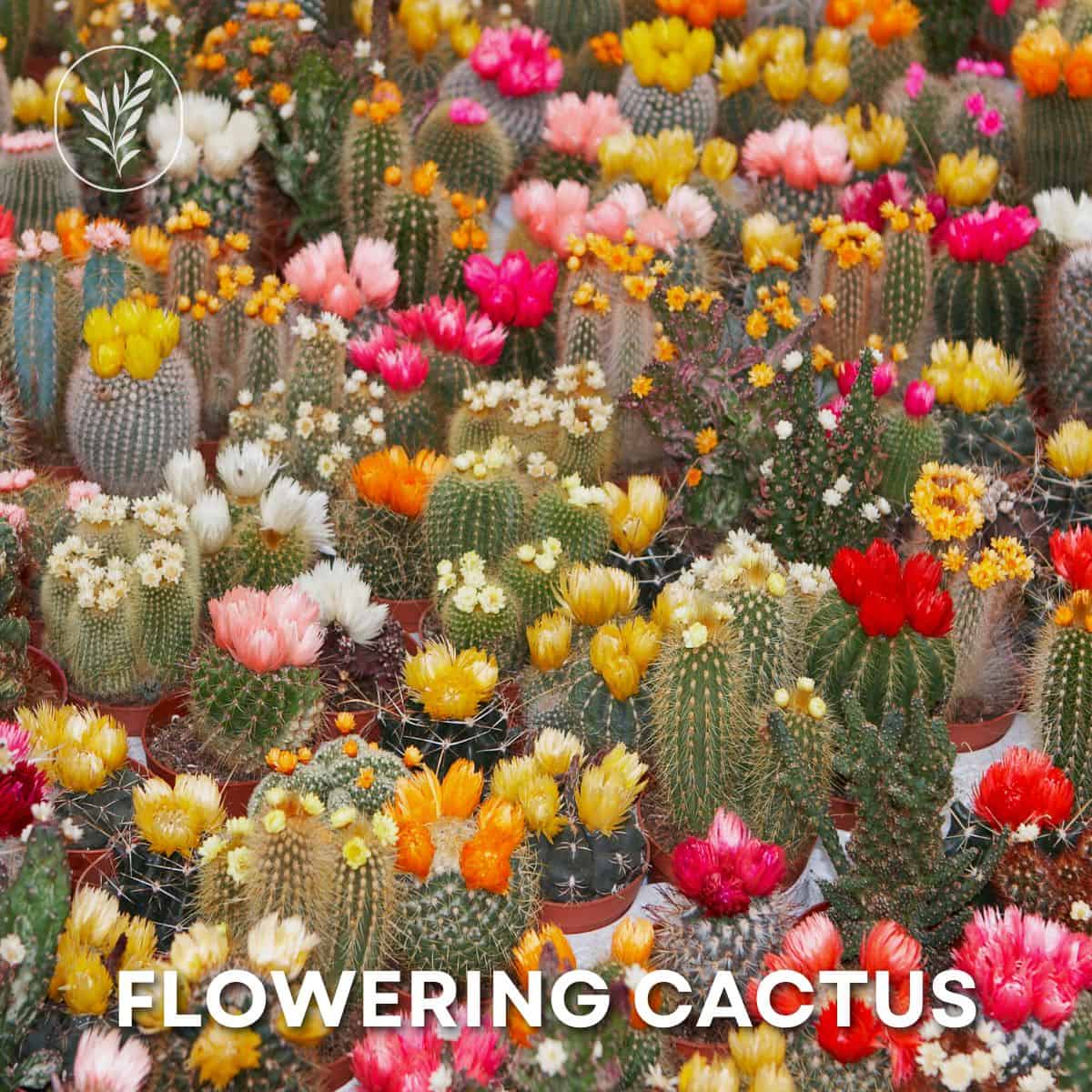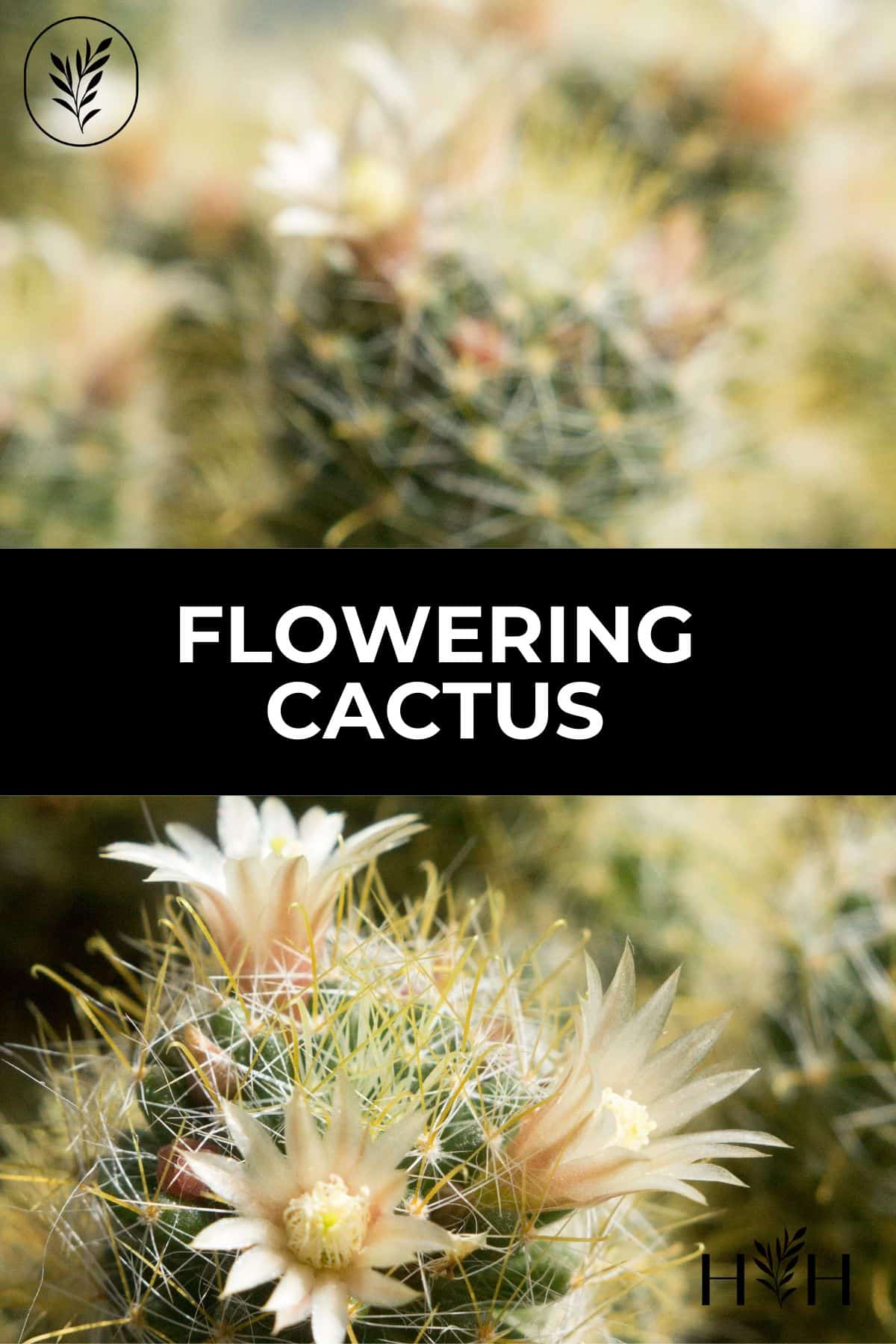Adding a flowering cactus to your home brings a little personality to your decor. But getting a cactus to bloom isn’t always easy. Some cacti can take years to bloom, no matter what you do.
Giving your cactus the best possible growing conditions is the best way to prepare it for blooming. Here are 9 tips to help you get your cactus to bloom.
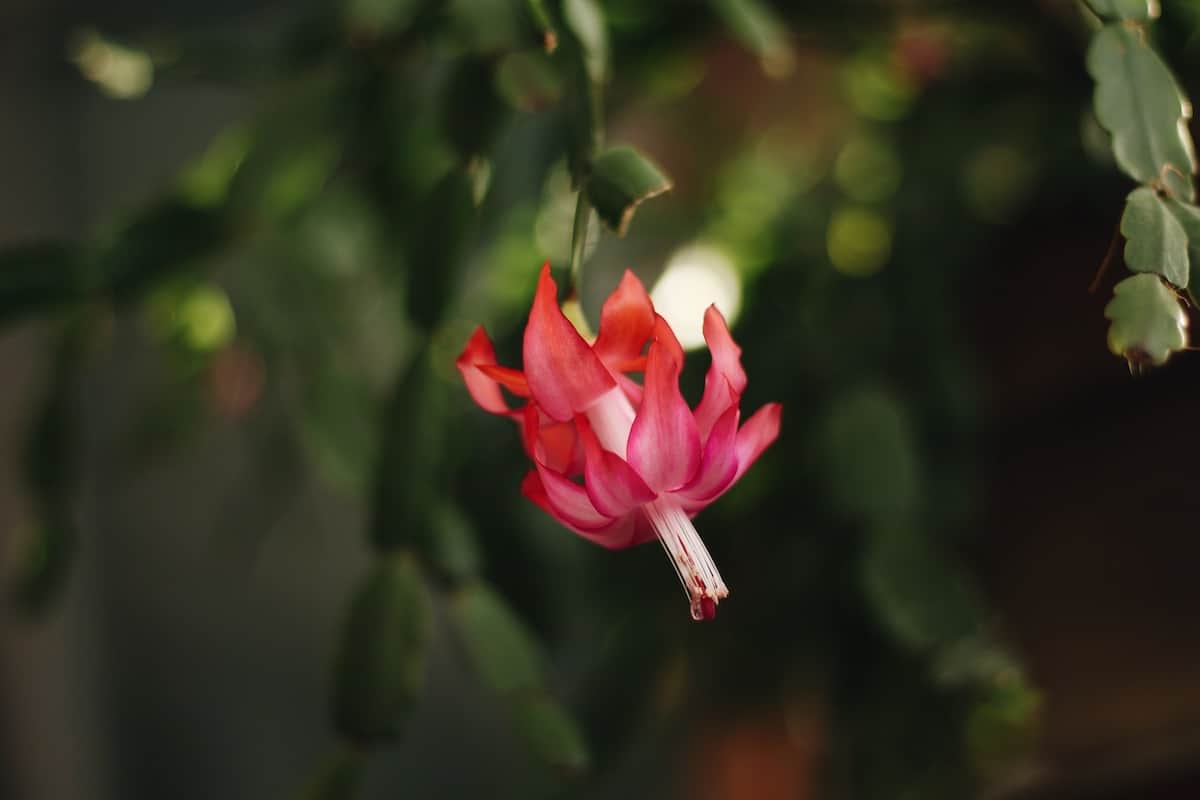
1. Make sure it’s a flowering variety
It may seem obvious, but the first step is making sure your plant can actually grow a flower in the foreseeable future. Not all cactus species produce reliably produce flowers as houseplants.
Cactus species that generally grow dependable blooms include:
- Ball Cactus (Parodia, Brasilicactus): 1″-2″ yellow flowers
- Star Cactus (Astrophytum): 2″ yellow/white flowers
- Hedgehog Cactus (Echinopsis): 3″ red flowers
- Dwarf Chin Cactus (Gymnocalycium): 1″-2″ pink flowers
- Sulcorebutia: Multiple 1″ yellow flowers
- Mammillaria: Multiple tiny pink flowers
- Prickly Pear (Opuntia): 3″ red flowers
- Christmas Cactus (Schlumbergera): 2″ red/pink/orange flowers
- Easter Cactus (Hatiora): 2″ pink/red flowers
- Orchid Cactus (Epiphyllum): 5″ pink flowers
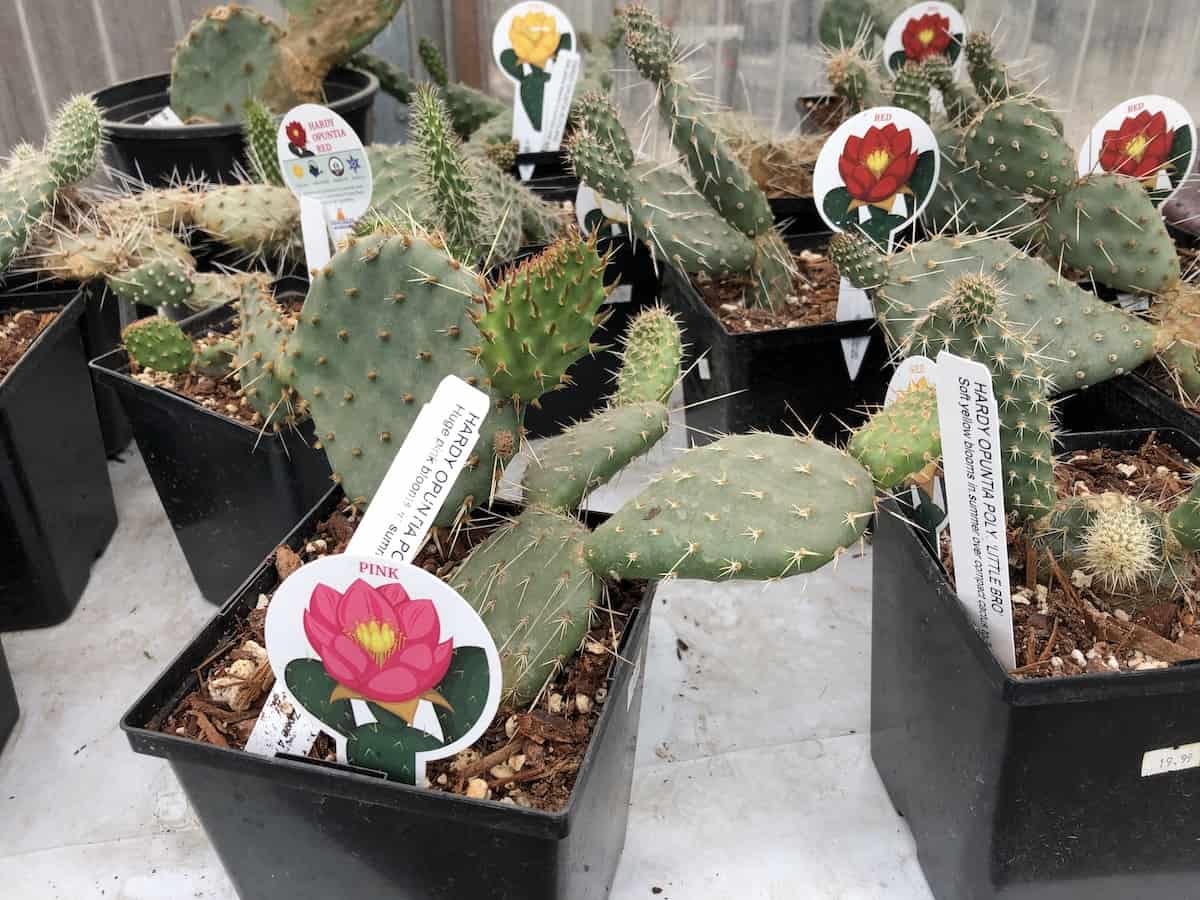
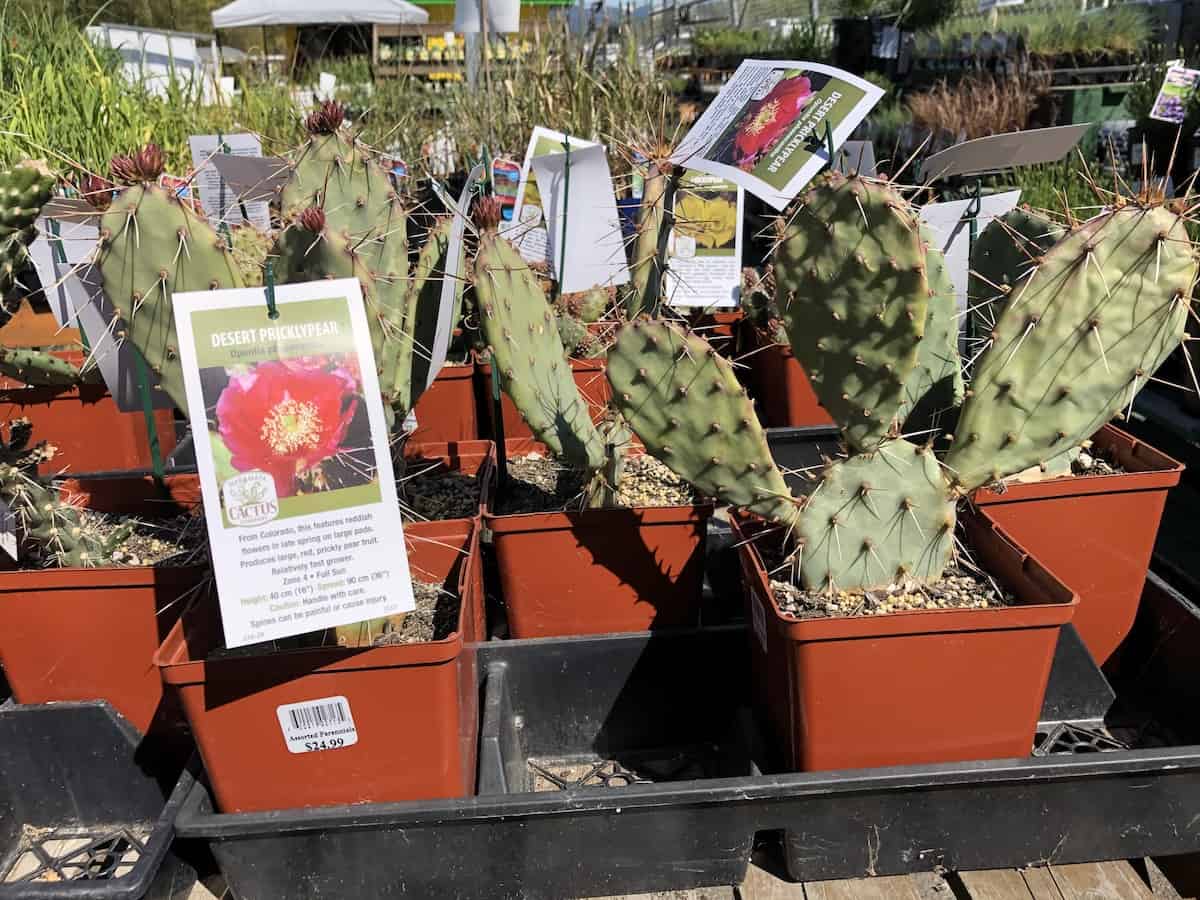
Verify that your cactus species grows blooms reliably. Perhaps the most widely grown houseplant cactus, the Golden Barrel Cactus (Echinocactus grusonii), rarely flowers before 20 years of age. Choose your cacti carefully!
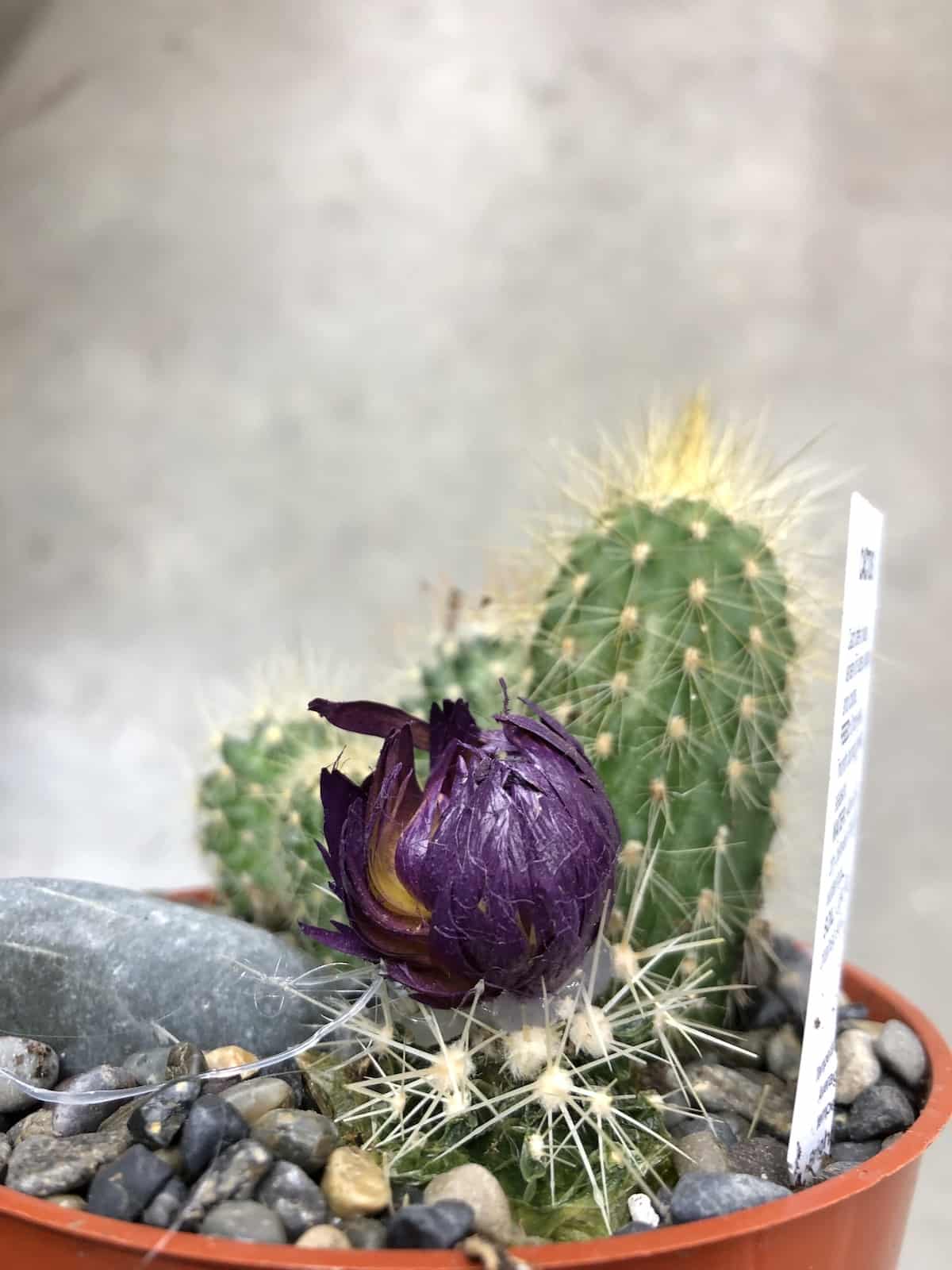
2. Buy a cactus with a (real) bloom
If you’re starting fresh with a new plant, choose one that already has a bloom on it if you can find it. Blooming cacti can be tricky to find in stores but are certainly worth the investment if you find one!
“Only large, older specimens will flower, but when they do, it is a show.”
Cereus cactus, “What’s Wrong With My Houseplant”
Some types of cacti don’t flower for many years. When sold as houseplants, these cacti sometimes have fake flowers attached to their crowns with glue. Golden Barrel Cactus and Fairy Castle Cactus are two types that often have glued-on blooms, as do some young Ball Cactus plants.
Cacti have to reach maturity before they bloom. By choosing a plant that already has a real flower on it, you know it has already reached that mature age. There’s no guarantee that the cactus will bloom again soon, even if it has a flower on it when you buy it. You’ll need to give it the proper care to keep it blooming well.
For a cactus that is permanently colorful, choose Chin Cactus/Moon Cactus (Gymnocalycium mihanovichii). These cacti are entirely bright red, pink, or orange, and are grafted onto the top of a green stick-type cactus. While the bright reddish ball on top isn’t a real flower, it certainly provides a kick of color!
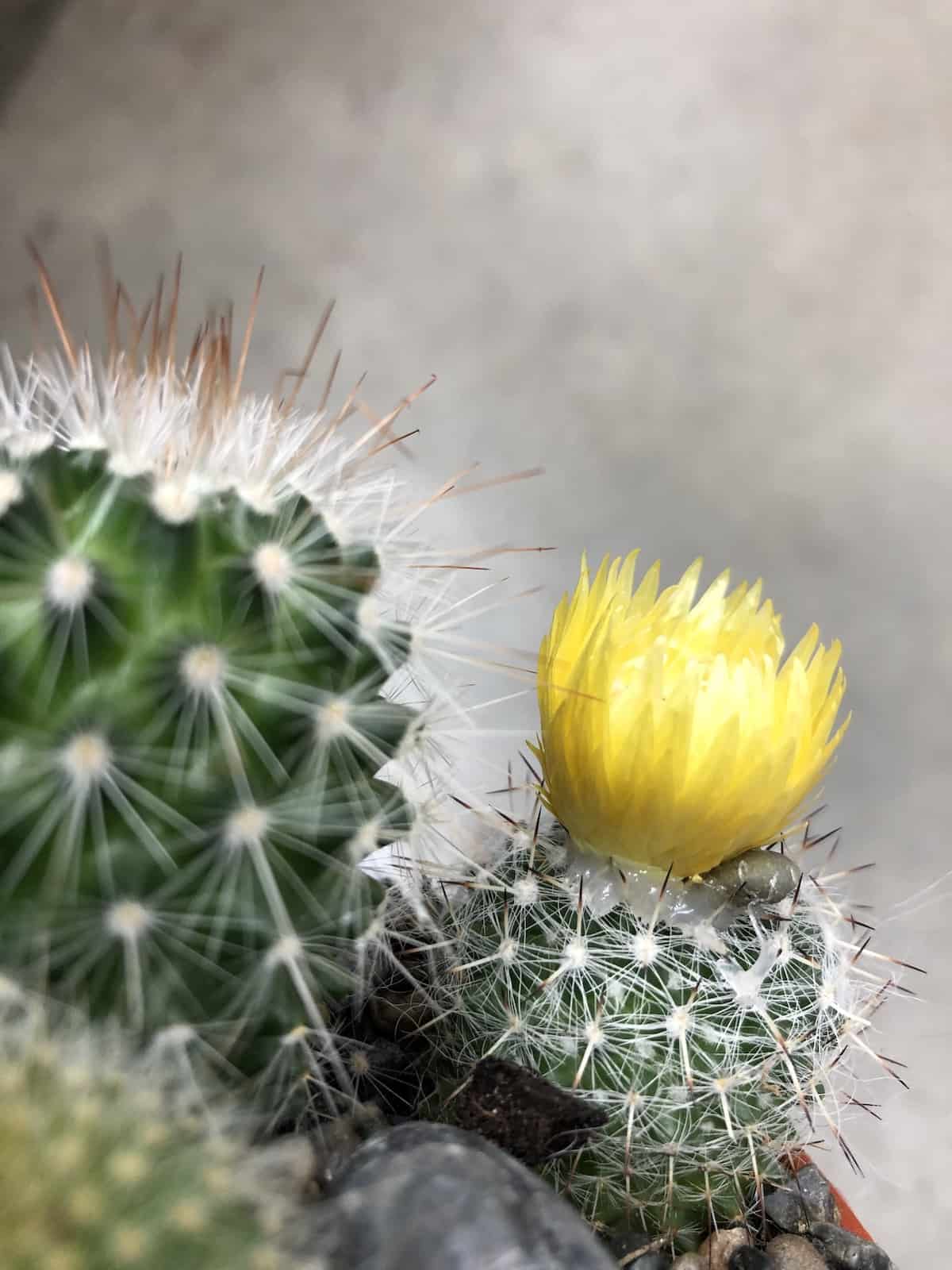
3. Give it light
The desert climate gives a cactus ample sunlight. You’ll need to replicate that full-sun environment in your home to encourage it to bloom. A location near a south-facing window is ideal. They let in more sunlight than other windows, especially during the winter, when your cactus might struggle to get enough sunlight.
The exact amount of sunlight a cactus needs depends on the type of cactus and the quality of the sunlight. Instead of focusing on a certain number of hours, pay attention to the visual cues your cactus gives you.
If it looks healthy, it’s likely getting the right amount of sunlight. A cactus that isn’t getting enough light may start growing in the direction of sunlight You might also notice that the stems are starting to fade in color. Getting the right amount of light is crucial if you want your cactus to flower.
There are, of course, exceptions to the sunlight recommendation for cacti that grow in tropical humid locations as compared to desert-dwelling cacti. Tropical evergreen true cacti like Christmas Cactus, Easter Cactus, and Orchid Cactus grow in humid rainforest environments rather than deserts.
Christmas cacti and other tropical cactus types are very reliable bloomers and can be encouraged to flower by making sure they get long, dark, slightly cool autumn nights. Here is a hack for encouraging Christmas Cactus to bloom:
“At home, you can force your plant to flower at any time by putting it in a dark closet where it will get no light at all for eight days or so. Bring it back into the light, and it will bloom in about six weeks. You can also stimulate blooming by lowering the thermostat at night to 55°F.”
What’s Wrong With My Houseplant?: Save Your Indoor Plants With 100% Organic Solutions, by Davide Deardorff and Kathryn Wadsworth
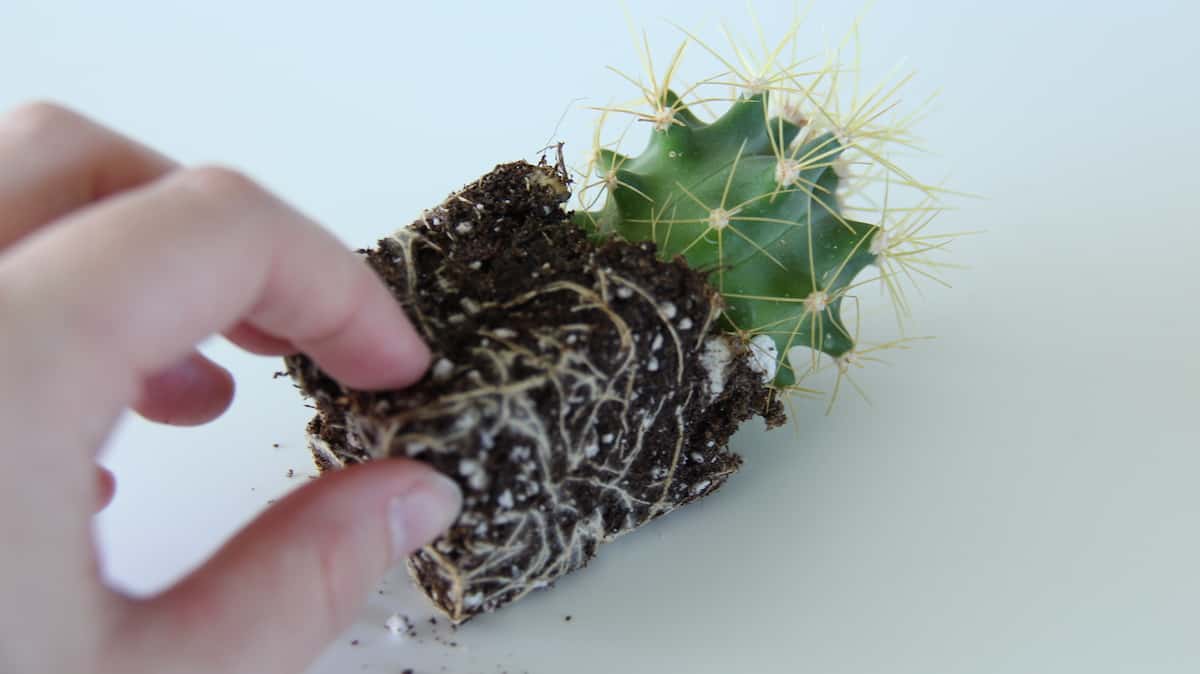
4. Watch the water
All plants need water to grow well, but cacti have special watering requirements. You need to recreate the limited water conditions of the desert at home to help your cactus grow well.
The stems and leaves store water in anticipation of dry periods, so you don’t need to give it too much water. Drainage is also important. Even if you water sparingly, the pot could hold too much water if it doesn’t drain well.
If you overwater your cactus, it could rot the roots. Let the soil dry out before you water the cactus again. You usually only need to water it about once every week or two.
5. Add fertilizer
Fertilization isn’t required for cacti like it is for some other plants. They grow well without it.
However, fertilizer might help your plant grow better by giving it the nutrients it needs. Supporting it in this way could help the plant bloom, but the fertilizer itself won’t force it to flower.
Use fertilizer made for cacti for the best results. Only apply it once or twice per year. The best time to use fertilizer on your cactus is during its active growing period, particularly in the spring or summer.

6. Repot when necessary
Like all houseplants, your cactus may need a new home occasionally. When your cactus outgrows its current pot, upgrade to a larger container. Use potting soil specifically formulated for cacti or succulents. This ensures it gets the proper nutrients from the soil.
7. Encourage a cool-season rest period
Cacti often need a dormancy period in the late fall or winter before they’ll bloom. They do best with a cool, dry period during the winter. Cut back your watering to about once per month in the winter. You don’t want the plant to shrivel up, but you don’t want to give it as much water as it gets during the growing period.
You also want to move it to a cool yet still sunny place. An ideal temperature is around 50 degrees Fahrenheit. You might find those conditions in a garden shed or an unheated garage with a window. If you shut off the heat to a room in your home that doesn’t get used much, it might work well, too.
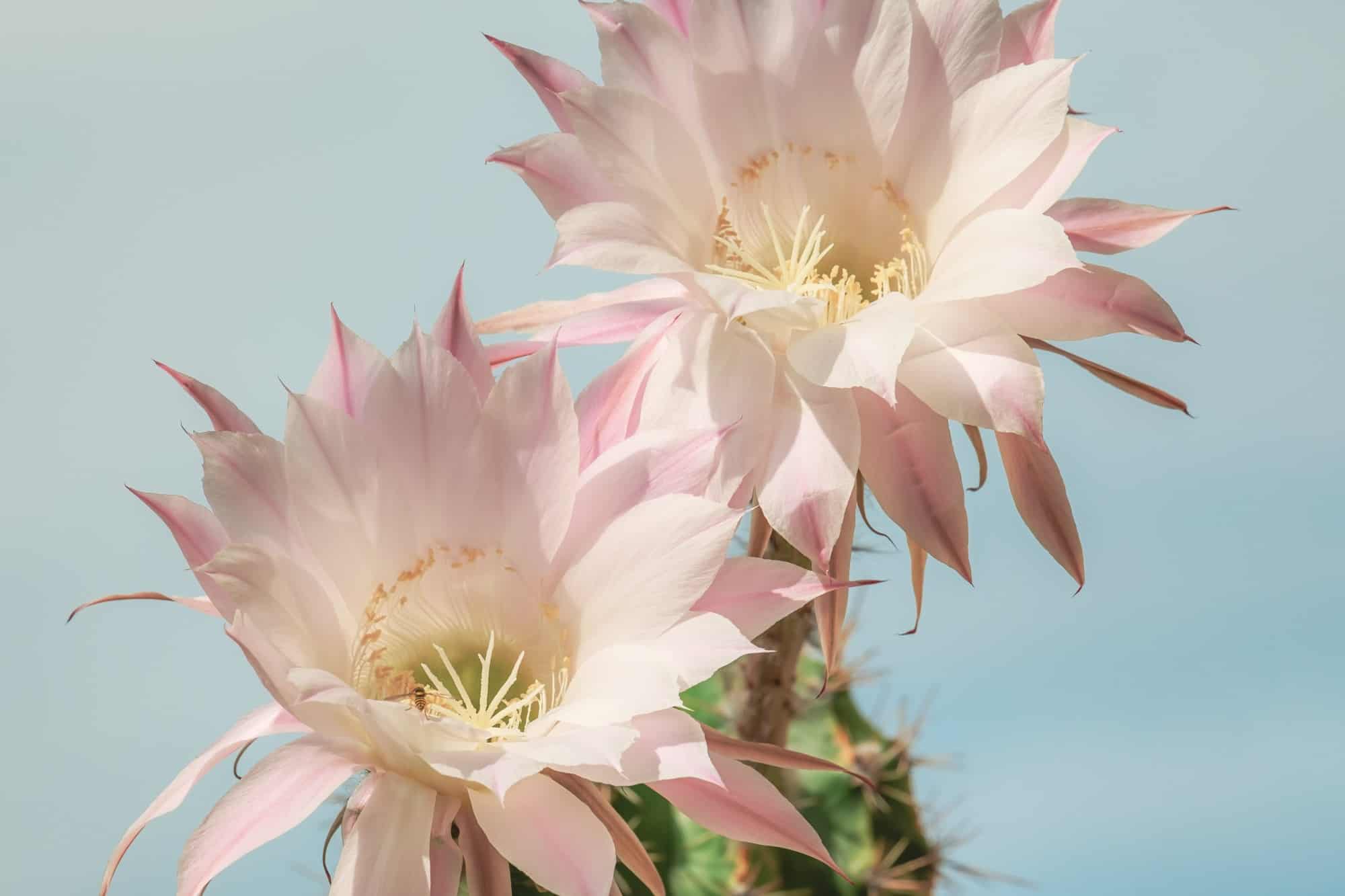
8. Be patient
Some cacti take years to bloom. Even when you do everything right, you still might not see a colorful bloom right away.
If your succulent looks healthy, you might just need the patients to let it do its thing until it’s ready to bloom.
If you keep trying to change things when the plant looks healthy, you might end up negatively affecting the growing conditions. This could delay the flowering process.
Enjoy the natural beauty of the cactus without blooms for now, and continue giving it the care it needs while you wait.
9. Continue care
Your cactus finally bloomed. Congrats!
But your work isn’t done. You don’t want to just sit back and enjoy the beauty.
Once you get a bloom on your cactus, continue caring for it just the way you have been. The flower is a sign that you’re doing everything right. You want to continue creating those conditions to keep your cactus healthy and continuing to bloom.
It’s best to leave your cactus where it is to continue the ideal light conditions. Maintain your watering and care schedule, too.
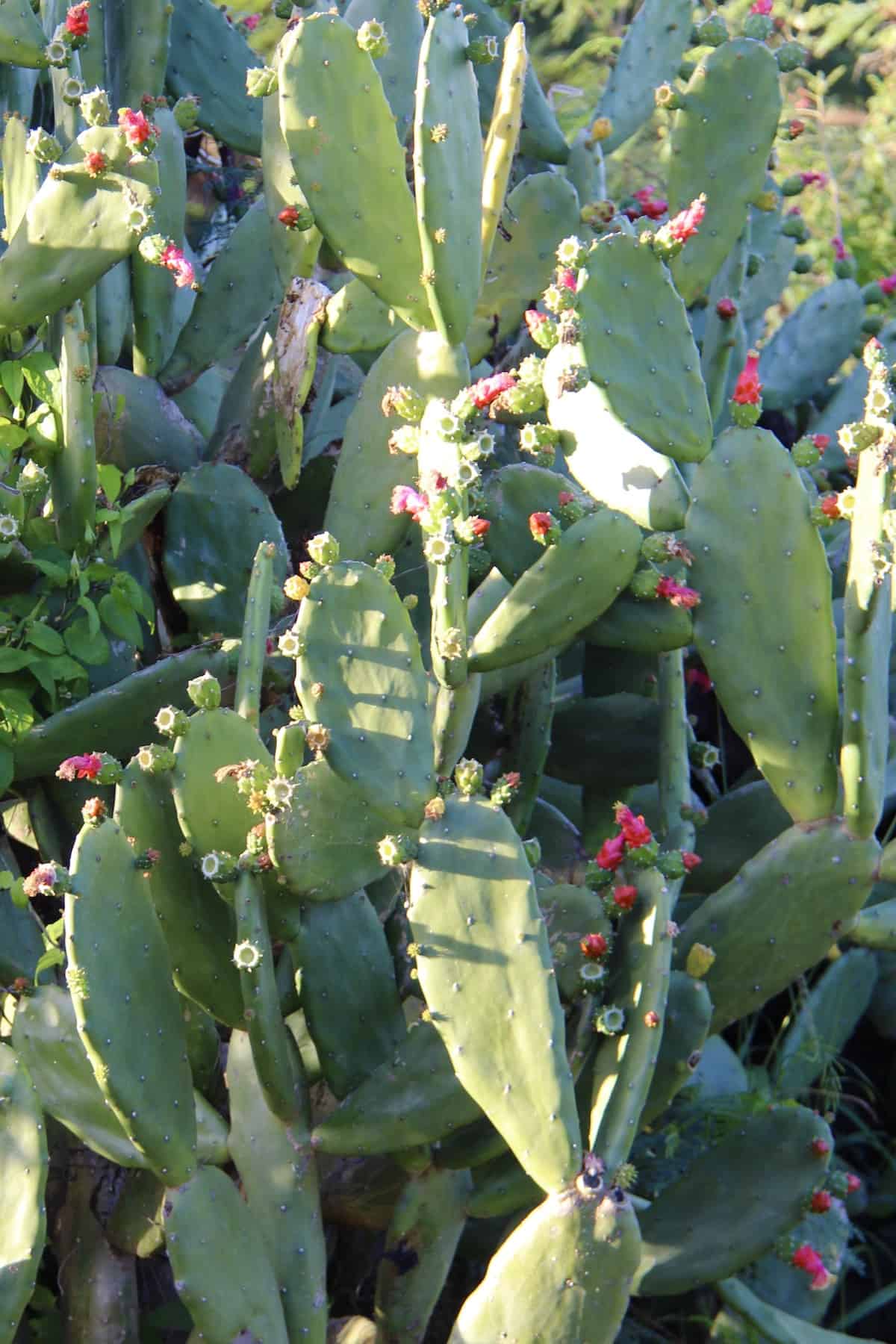
Help your flowering cactus thrive
A flowering cactus is a beautiful addition to your indoor plant collection. Getting the succulent to bloom often relies on giving it the best possible care, so it’s healthy and strong.


